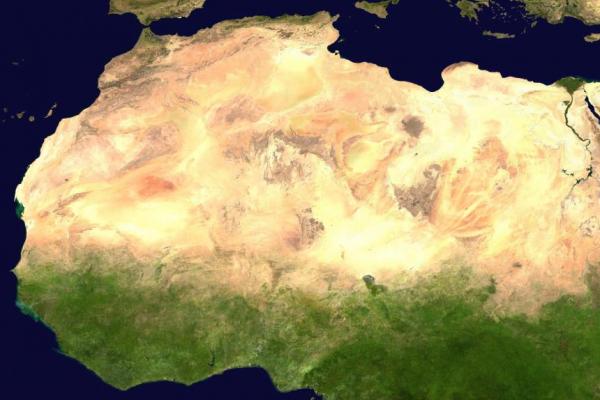
DUNEDIN, New Zealand, Aug. 15 (UPI) — Scientists at the University of Otago have developed a new system for mapping and monitoring the transformation of Earth’s biomes, or large-scale vegetation formations — grassland, tropical forest, boreal forest, desert, shrubland.
The new mapping system will allow scientists to more accurately track how biomes respond to global warming. Scientists are using a system of satellites to track 24 different biome classifications. Each biome’s vegetation activity, temperature and soil moisture will be measured regularly.
Researchers used their new system to analyze biome changes over the last three decades. Since the 1980s, 13 percent of the Earth’s vegetation formations have changed.
“This suggests that substantial shifts in the character of the Earth’s surface are under way,” Otago botany researcher Steven Higgins, who is heading the new mapping project, explained in a news release. “Examples include swathes of Nambia and north-central Australia transitioning into drier biome categories and large expanses of cold limited systems shifting to more productive categories.”
While some parts of the Earth have seen deserts expanding, other portions are getting greener. A recent study blamed rising CO2 levels and a warming Mediterranean on greening among drylands in north-central Africa.
The latest research doesn’t attempt to specifically link biome changes to climate change, but Higgins says the mapping system — detailed this week in the journal Global Change Biology — could be valuable to climate scientists.
“Our system provides an objective way to classify the land surface, which is important not only for monitoring change but also for comparing the behaviour of ecosystems in different parts of the world,” Higgins said. “These comparisons are essential for understanding the drivers of ecosystem dynamics and how ecosystems might respond to change.”



